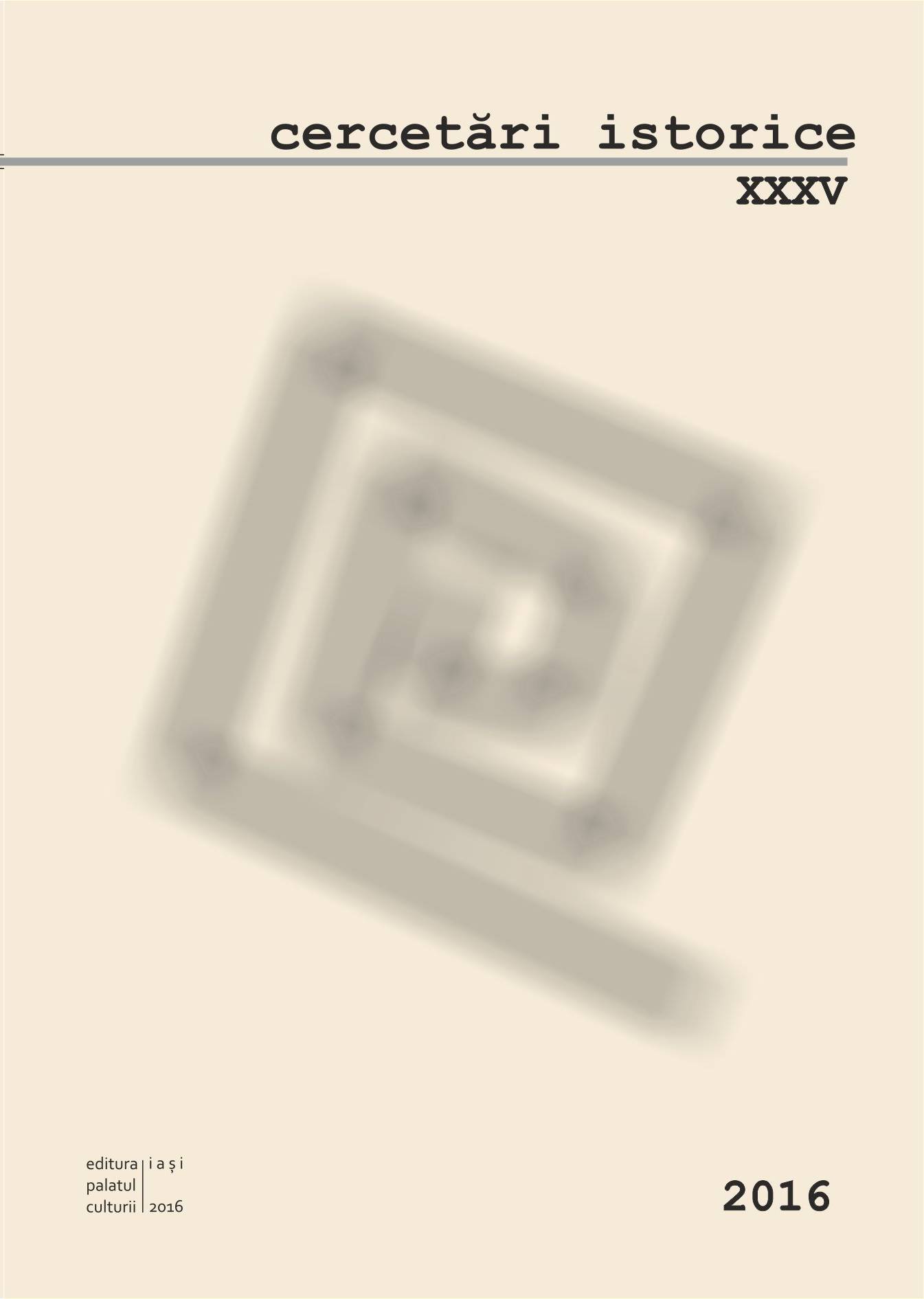Cafea, cafegii, felegene şi zarfuri în Ţara Moldovei (secolul al XVIII-lea – începutul secolului al XIX-lea)
Coffee, Coffee drinkers and Coffee drinkware (the felegean and the zarf) in Moldavia (18th Century – beginning of the 19th Century)
Author(s): Alina FeleaSubject(s): History
Published by: Editura Palatul Culturii
Keywords: coffee; utensil; felegean; zarf; Moldavia; the Ottoman Empire; XVIIIth century; XIXth century
Summary/Abstract: This paper develops a topic pertaining to the history of nutrition in Moldavia - consumption of coffee, a soft and energizing drink, preferred both by families of Moldavian rulers and by boyars and clergy members. Etymologically, the word coffee comes from the Turkish kahve, itself developed from the Arabic qahwah.The legend narrated by chronicler Ion Neculce in his O samă de cuvinte (A Multitude of Words) says that chancellor Tăutul was the first Moldavian having drunk coffee at the Sultan, but in Moldavia coffee drinking truly becomes a part of everyday life in the 18th century. During the 18th century, coffee marked the end of a royal feast, etc. Stephen Lemny concluded that royal feasts were rather exhausting and noted that people enjoyed having coffee, irrespective of the time of the day when they had the chance to do so, that is in the evening and during the day. Coffee started being a prevalent feature of boyars’ houses as well. In household registers of famous boyar families, one can find mentions of expenses for coffee. Documents speak of various types of coffee and of a diverse quality hereof. Coffee was served along with various jams and other sweets. In the boyars’ household, important items were the brewing utensils and the drinkware required for serving: the felegean and the zarf.Some related phrases are also pointed out, such as the Romanian a lua caimacul (to skim the cream), that is to take the best for oneself. The Romanian word caimac is derived from the Turkish kaĭmak where it designates the coffee foam as prepared in Turkey and the Eastern countries, while in Romanian it pertains to the thick buttery shell formed on top of boiled milk.
Journal: Cercetari Istorice (Serie Noua)
- Issue Year: 2016
- Issue No: 35
- Page Range: 163-186
- Page Count: 24
- Language: Romanian

